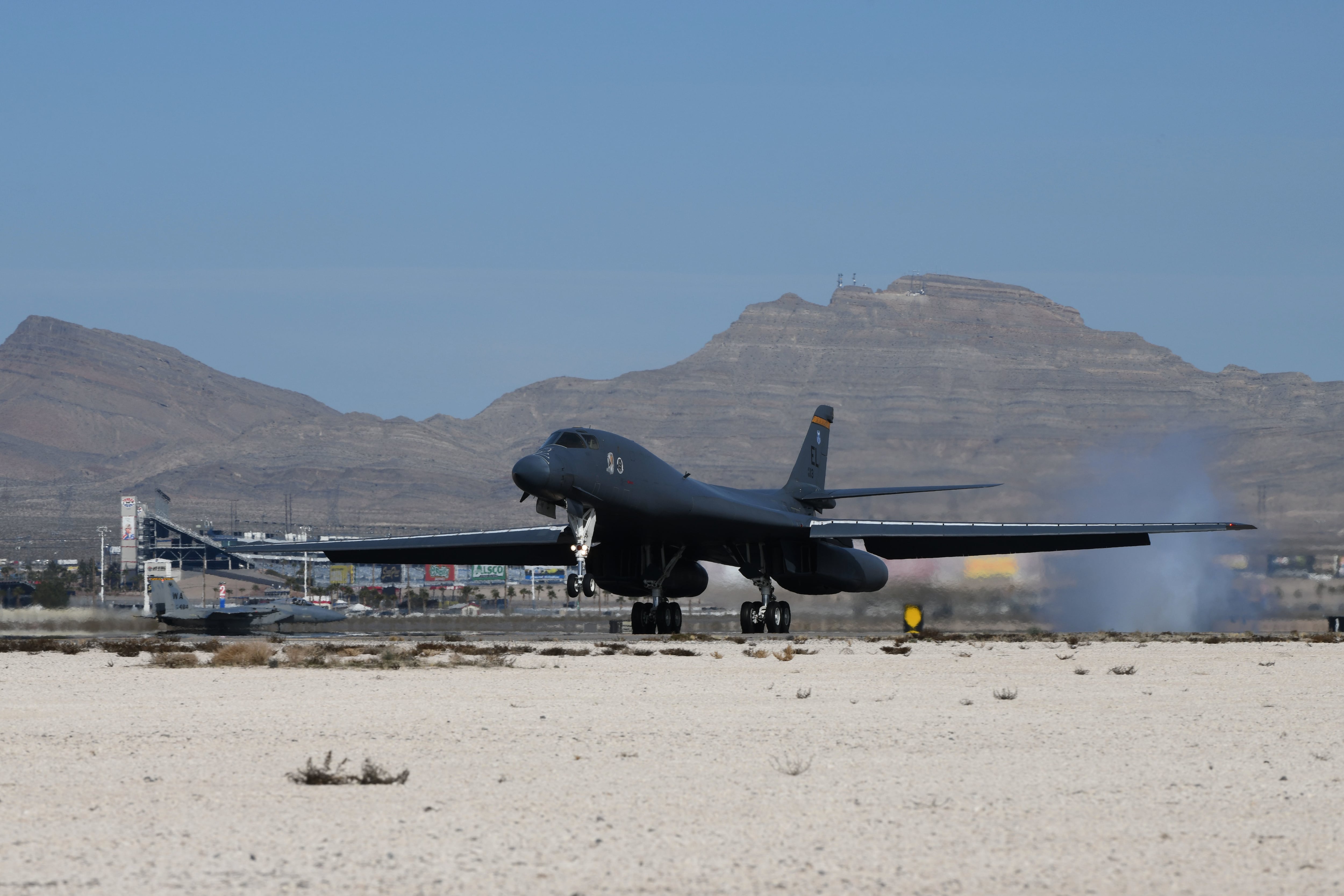“Regardless of where the next conflict occurs or which adversary it features, the Air Force will be at the forefront.”
— National Defense Strategy Commission
Air and space are critical domains for our national security, yet our nation has consistently failed to invest sufficiently in these requirements. As a result, today’s U.S. Air Force is older and smaller than at any time in its history, even as it begins to birth the new U.S. Space Force with massive funding needs of its own.
The Department of the Air Force, which encompasses both the Air Force and the Space Force, faces daunting demands. Within the budget of a single service, it must modernize its geriatric fleet to remain the world’s predominant Air Force, while building up the nascent Space Force to ensure it remains ahead of its near-peer competitors, China and Russia.
Air Force fighter jets average 29 years old and, along with 90 percent of its bombers, most cannot safely penetrate modern air defenses. Its bomber force has shrunk by two-thirds, and its B-52 bombers have been in service since the 1960s. Most of its refueling tankers were purchased during the Eisenhower administration. And since 1991’s Gulf War, the Air Force has 30 percent fewer people and 37 percent fewer aircraft.
More than any other service, the Air Force forfeited capacity to help fund a peace dividend following the Cold War. After 9/11, it took more cuts to help fund a growing Army bogged down in Iraq and Afghanistan. Budget reductions and short-term continuing resolutions undermined planned modernization.
The Air Force provides the airlift, strike capability, combat air patrols, unmanned aircraft, and intelligence and surveillance for the joint force. It provides two-thirds of the nuclear triad, which our nation has long relied upon for deterrence.
The Space Force was created to ensure that our nation’s space capabilities — our clear asymmetric strategic advantage — will not become another parity domain. Today’s Space Force assets provide the core timing and location data that enable secure cash withdrawals from ATMs, safe navigation the world over, and critical communications, as well as command and control for our entire military.
Yet, the Department of the Air Force has been consistently underfunded for years.
This year’s budget request of $718 billion for defense appears to be evenly divided among the services: 29 percent for the Department of the Air Force (including Space Force), 29 percent for the Department of the Navy (including Marine Corps) and 27 percent for the Department of the Army.
That’s deceptive, however. For decades, a so-called non-blue share has been stashed inside the Air Force budget. Known as the “pass-through,” these funds are neither controlled nor used by the Air Force. At $39.2 billion in 2020 — 20 percent of the department budget — the pass-through accounts for 6 percent of the entire defense budget, more than twice as much as the Space Force. Without it, the Air Force Department’s share falls to only 23 percent of defense spending — well below the other services.
By design, national investment in intelligence and black space budgets have been purposely masked. And since 1962, the non-blue share of the Air Force budget has grown, costing the Air Force billions in resources.
The result: Today’s Air Force is too old, too small and too poorly funded to meet its obligations under the National Defense Strategy. As Congress directed in 2018, it needs robust spending increases to modernize quickly.
The new Space Force is now entering an orbit that will demand funding increases to pay for new capabilities. It too must compete with Air Force modernization and pass-through funding to achieve its objectives. This is all light years away from real transparency and good governance in national security.
RELATED

The services rationalize budget resource shortfalls by saying they will simply “accept more risk,” but few truly understand what that means. Accepting risk means acknowledging the military may not be able to deter future conflicts. It means American lives will be put in jeopardy because our military will be unable to protect them. It means America may need to stand down in some circumstances rather than confronting adversaries.
We cannot build a new Space Force on the cheap, and we cannot continue to mortgage the future of our Air Force to pay for non-Air Force requirements.
Congress and the administration should eliminate the misleading pass-through and be honest about our national investment in defense. Transparency will make America stronger and safer, and ensure a successful future for our new U.S. Space Force.
Keith Zuegel is a retired U.S. Air Force colonel and is the Air Force Association’s senior director for government relations.








